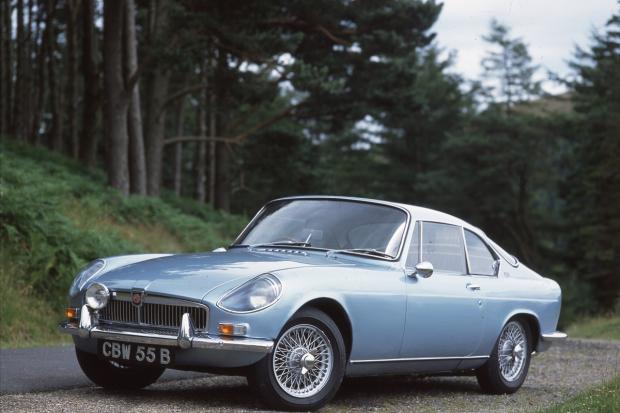
A couple of months ago – on 7 February to be precise, aged 88 – one of those unsung leftfield figures that fascinates me passed away.
Let's face it, the classic car world is full of them: fringe players who intrigue us not so much because of their successes as much as because of their semi-obscurity.
They trigger something that makes us desperate to learn more about them and their undervalued and undercelebrated works. Nothing seems to get an enthusiast's knowledge-thirst antennae waving around more than a good old boy who plugged away privately, driven and determined, but rarely hitting the mainstream and never hitting that seam of gold.
Jacques Coune was definitely one of those.

Coune's not so obscure, of course, that you won't know the name or have heard of – perhaps even seen – an example of his Coune MG Berlinette, but it would be a shame if that were the only memorial he received.
So I have set myself a mission to tell you a little more, in tribute to Jacques Coune himself and all those other unheralded men and women whose contributions to motoring will never make it into the newspapers and rarely make it into the history books.








